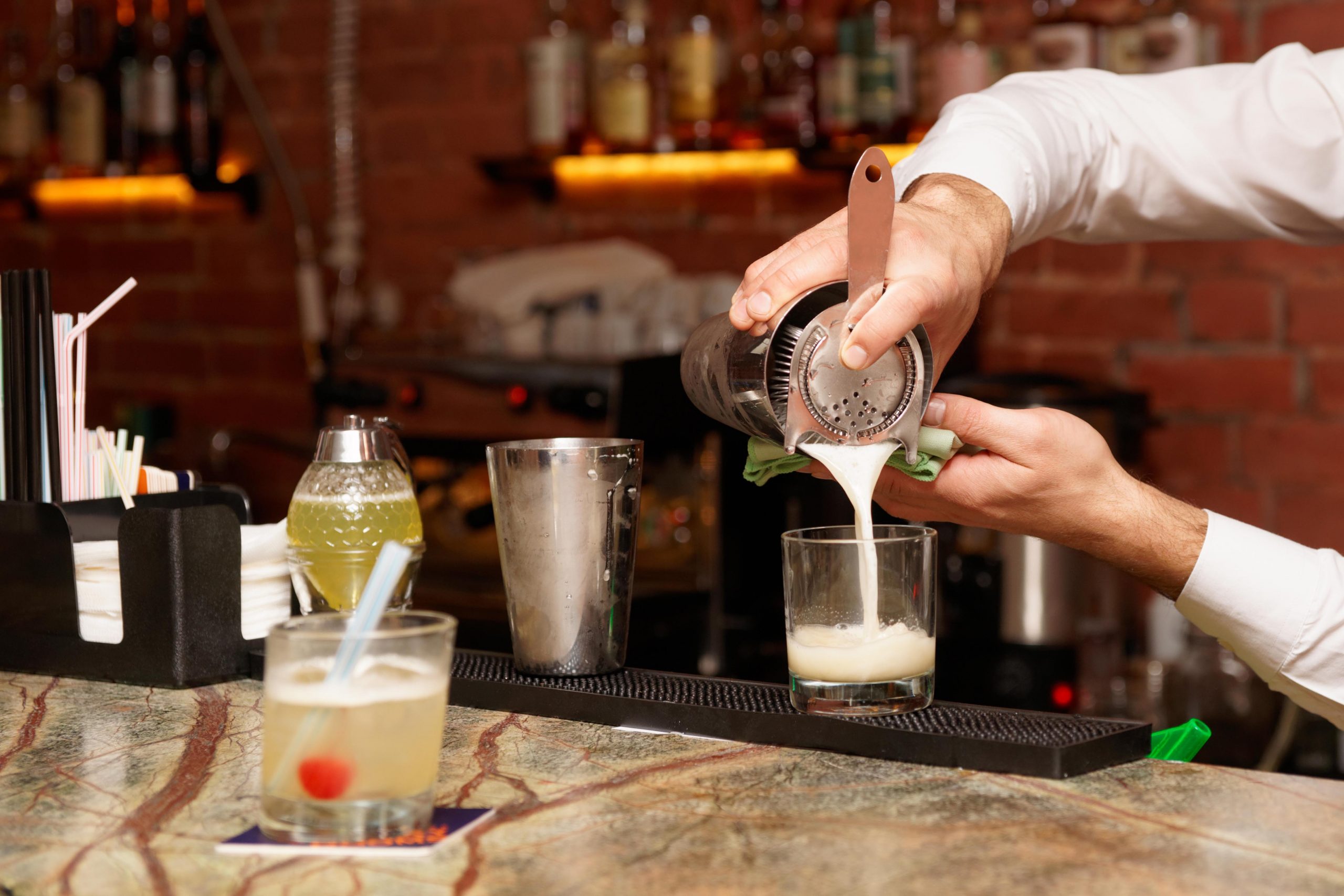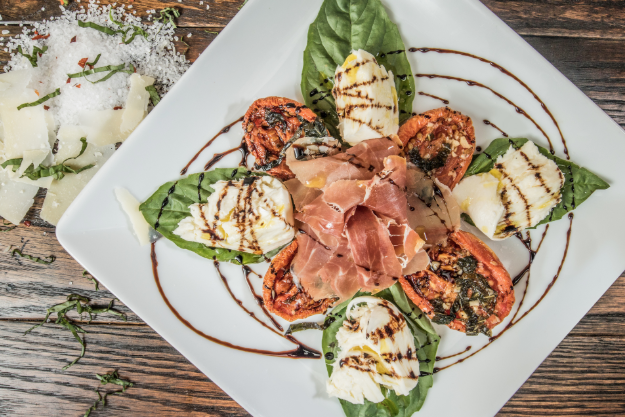

Managing a kitchen can be extremely hard work. At BevSpot, we’re making the job a little bit easier by simplifying time-consuming tasks, providing access to critical data, and helping drive down costs. Check out this series for helpful ideas and tips on managing a kitchen.
But it’s critical you stay on top of recipe costs.
Running a restaurant is hard. Fortunately, a kitchen inventory app like BevSpot can make it easier. Unfortunately, truth is that the average restaurant has a 6.2% profit margin and ultimately 60% of restaurants fail in their first three years of business. Arguably the hardest part of running any restaurant is running a successful and consistently profitable food program. While the beverage program tends to be more profitable—average 20% beverage costs—the food program tends to run at an average cost of 33%. In addition to higher costs, the food program tends to be much more complicated than the beverage program with on average more vendors, more perishable inventory, more frequent purchasing requirements, more invoices to manage, more ingredient cost fluctuations, and more complicated recipes to manage.
Effectively managing and calculating plate costs is critical to ensuring a profitable food program and a profitable restaurant. We’ve discussed how to do food inventory and how to manage ordering and invoicing for a kitchen, which will serve as the building blocks for this article. Now we’ll dive into recipe costing and menu pricing.
Before we get started, there is no easy way to calculate and keep on top of food plate costing without software to help automate the process. To help address this we created a beautiful and free recipe costing tool. Feel free to click below if it can help you in any way!
In this article, we’ll discuss:
To calculate recipe costs, all you have to do is divide the ingredient cost by how many grams (or other units of measure) are in the purchasing quantity. This gives you the cost per unit of measure, and you can build your recipes from there ingredient by ingredient. Once you’ve determined the cost of a recipe—by adding up the units of each ingredient used—you can take that number and divide it by your desired food or specific plate cost percentage to determine the menu sales price.
Here’s a real example from one of our customers:
The Hanger Steak Entree
10 dry oz. of Beef Hanger Choice @ $8.13 per lbs. / 16 dry oz. = $0.51 per dry oz. = $5.10 total cost
2 dry oz. of Fresh Green Beans @ $3.00 per lbs. / 16 dry oz. = $0.19 per dry oz. = $0.38 total cost
1 Idaho Potato (12 dry oz.) @ $0.55 per lbs. / 16 dry oz. = $0.03 per dry oz. = $0.36 total cost
Total plate cost = $5.84
Ideal food cost = 30%
Recipe menu price = $19.47
Menu price + tax = $21.00
With our understanding of calculating recipe costs, we recommend you start with your top 5-10 selling menu items. These top sellers are where you are going to find the biggest bang-for-your-buck.
To access this information, use your POS system and run a product mix or “PMIX” report (depending on your specific POS system the report might be called the “menu item report” or the “sales report”). This report will show you the total number of items sold over any period of time. We recommend you look at the last 4 weeks of sales and sort by most units sold to see top sellers. This will identify your top selling menu items.

Now that you’ve identified our top selling menu items, it’s time to calculate updated recipe costs for these items using our most recent invoices to ensure up-to-date ingredient costs. Are these recipe costs what you expected? Are there any surprises? There are likely some surprises as the unfortunate fact is that ingredient costs fluctuate much more frequently than you are likely able to reprice menus. This is one of the most common drivers of lost profits for restaurants—the lack of up-to-date recipe costs—which you can avoid by simply implementing a basic tracking process.
To stay on top of recipe costs moving forward we recommend you focus on the key ingredients—typically key proteins like tuna, beef filet, lobster or other key garnishes or ingredients that tend to fluctuate in costs like avocados, limes, etc.—that represent the largest amount of cost in each of your top-selling recipes. With these ingredients identified, you can implement a process to track costs over time that will allow you to get ahead of cost fluctuations and better manage your bottom line.
Establish a regular interval—say weekly or monthly—to key into excel or google sheets the most recent prices of those key ingredients pulled from your most recent vendor invoices. Each column in the sheet will represent a different time period and you can easily see any price changes over time. For instance if last week beef filet was coming in at $12.00 per lbs. and now they are coming in at $14.20 per lbs. (a 20% increase) then you know you need to look hard at any menu items incorporating any beef filet.
Armed with updated ingredient costs, and therefore updated recipe costs, for your top selling menu items you can now take some simple but important steps to proactively manage your food costs and ensure you hit your goals (or exceed them!).
Specifically, we recommend you:
Every chef, kitchen manager, and/or owner’s worst nightmare is being surprised by food costs at the end of a month. Unfortunately this is all too common when operating without updated recipe costs.
With good recipe processes, your restaurant will be much more capable of staying in front of costs and ensuring your food program’s success no matter what comes.
As always, we at BevSpot are always available to be helpful in any way!
Want to learn more about BevSpot or the topics discussed in this post?
Click Schedule a Chat to schedule a chat with our team today, or you can also choose to Start a Free Trial to get a more hands-on look at how BevSpot is going to help you run a better business.
